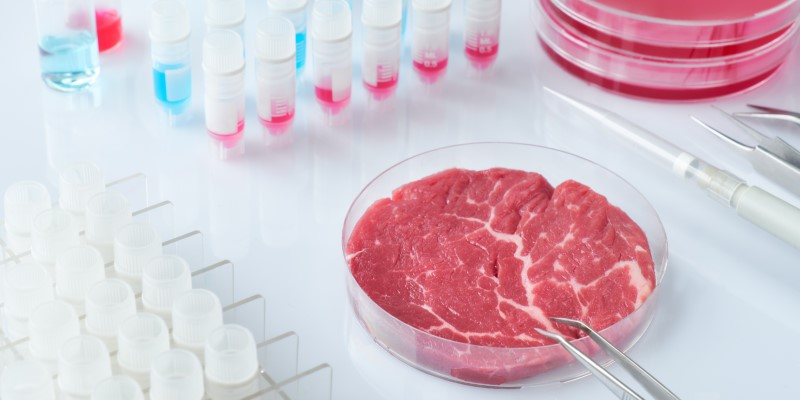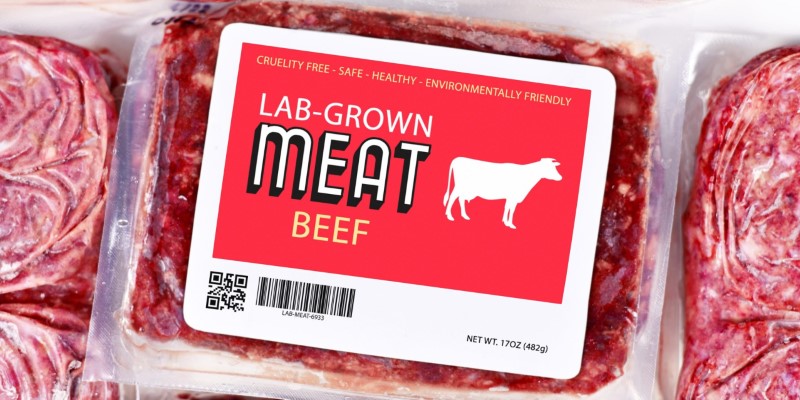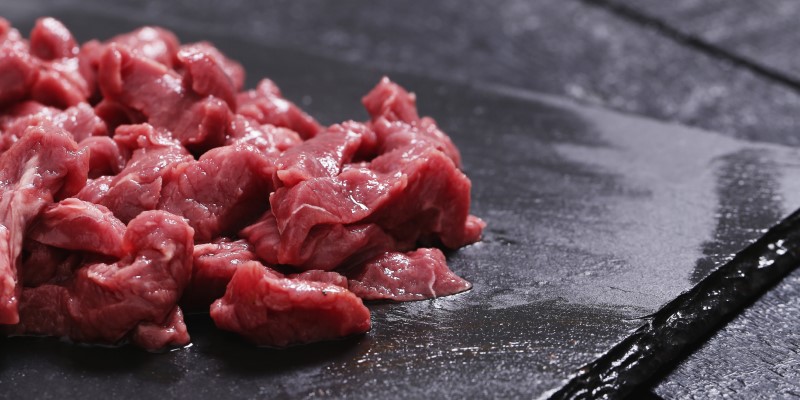Lab-Grown Meat: How Cultivated Protein Is Changing The Food Industry
Lab-grown meat, cultivated or cell-based meat, is emerging as a revolutionary alternative to traditional meat production. This innovative protein source is gaining traction as concerns over animal welfare, environmental sustainability, and food security rise. With technological advances, lab-grown meat promises to transform our food systems and provide a viable solution for the growing global population. This article delves into the science behind cultivated protein, its environmental and ethical implications, and the evolving market trends and consumer acceptance.
Introduction To Lab-Grown Meat
Lab-grown meat is created by cultivating animal cells in a controlled environment, starting with a biopsy of muscle cells. These cells grow in a nutrient-rich medium, mimicking the taste and texture of traditional meat. Although the concept isn't new, recent technological advancements and sustainability concerns have spurred its development across various types of meat, potentially disrupting the global meat industry.
The Process Of Cultivating Meat
Cultivating meat begins with isolating muscle cells placed in a bioreactor that maintains optimal growth conditions. Over weeks, these cells multiply and form muscle tissue harvested and processed into various meat products.

The Science Behind Cultivated Protein
Cultivated protein, or lab-grown meat, is a sustainable food technology that produces animal proteins in controlled environments. It addresses food security, environmental concerns, and animal welfare while mimicking traditional meat's taste and texture.
Cellular Agriculture
Cellular agriculture uses tissue engineering principles to produce food from cell cultures instead of whole animals or plants. The process involves isolating muscle stem cells, which are stimulated to divide and differentiate into mature muscle fibres, enabling diverse meat textures and flavours.
Nutritional Composition
Lab-grown meat can provide a controlled nutritional profile by enhancing attributes like omega-3 fatty acids or vitamins. Additionally, it reduces harmful substances, such as antibiotics and hormones, lowering health risks associated with traditional meat production and antibiotic resistance.

Environmental And Ethical Implications
As global awareness of sustainability and animal welfare increases, the environmental and ethical implications of traditional livestock farming become pressing. Emerging technologies like cultivated protein offer solutions to these critical issues in food production.
Reducing Greenhouse Gas Emissions
The livestock industry contributes around 14.5% of global greenhouse gas emissions, causing deforestation and resource depletion. In contrast, lab-grown meat can reduce emissions by up to 96%, using fewer resources and generating less waste, offering a sustainable alternative for food production.
Animal Welfare Considerations
Lab-grown meat addresses significant ethical concerns by eliminating the need to raise and slaughter animals, aligning with consumer values focused on animal welfare. Its acceptance could decrease conventional meat demand, fostering a more compassionate food system prioritizing animal welfare and sustainability.

Market Trends And Consumer Acceptance
Cultivated protein is becoming the more sustainable option for traditional meat in the food production environment. Growing consumer awareness of health, animal welfare, and environmental issues drives acceptance and demand for lab-grown meat.
Growth Of The Cultivated Meat Industry
The lab-grown meat industry is rapidly expanding, projected to reach $25 billion by 2030, driven by consumer demand for sustainable options and technological advancements. Key players like Memphis Meats, Eat, and Mosa Meat are leading commercialization efforts.
Consumer Acceptance And Perception
Consumer acceptance of lab-grown meat varies, with younger generations showing more enthusiasm. Education on environmental and ethical issues boosts willingness to try these alternatives. Taste and texture remain crucial, prompting companies to refine products to meet consumer expectations.
Regulatory Challenges
Despite the promising future of lab-grown meat, regulatory hurdles remain a significant challenge. Governments worldwide are grappling with how to classify and regulate cultivated protein. In the United States, the Food and Drug Administration (FDA) and the U.S. Department of Agriculture (USDA) work together to establish guidelines for producing and labelling lab-grown meat. Similar efforts are underway in other countries as they seek to create a regulatory framework that ensures safety while fostering innovation.
Navigating the regulatory landscape will be crucial for the success of the lab-grown meat industry. As regulations become more transparent and standardized, companies will have a more straightforward path to market, enabling them to bring their products to consumers more quickly.

The Future Of Lab-Grown Meat
Lab-grown meat is set to transform the food industry by providing sustainable, ethical alternatives to traditional farming. As technology advances, it becomes more accessible, addressing food security and environmental concerns while gaining public acceptance.
Innovations On The Horizon
The future of lab-grown meat is bright, with ongoing research and development poised to enhance production techniques and improve product quality. Innovations such as 3D printing technology are being explored to create more complex structures and textures, allowing for a wider variety of meat products. Researchers are also investigating alternative cell sources, such as plant-based or insect cells, which could further diversify the types of cultivated protein available.
Additionally, as consumer preferences shift toward healthier and more sustainable options, lab-grown meat will likely evolve to meet these demands. Future developments may include customized nutritional profiles or flavour enhancements, making lab-grown meat an attractive choice for health-conscious consumers.
Integrating Lab-Grown Meat Into The Food System
As lab-grown meat gains acceptance, it is essential to consider how it will integrate into existing food systems. Collaborations between cultivated meat producers, chefs, and restaurants can help introduce lab-grown products to consumers in appealing ways. Food service companies and retailers will also play a vital role in making lab-grown meat widely available, allowing consumers to choose it alongside traditional options.
Integrating lab-grown meat into the food system may spark conversations about broader dietary changes. As more people become aware of their food choices' environmental and ethical implications, lab-grown meat could become a mainstream alternative, encouraging a shift toward more sustainable eating practices.

Conclusion
Lab-grown meat represents a significant shift in the food industry, offering a sustainable, ethical, and nutritious alternative to traditional meat production. The science behind cultivated protein is advancing rapidly, and the environmental benefits are becoming increasingly apparent.
As the market grows and consumer acceptance expands, lab-grown meat has the potential to transform how we think about and consume protein. Lab-grown meat may be a key player in building a more sustainable food system that meets the needs of future generations while prioritizing animal welfare and environmental stewardship.